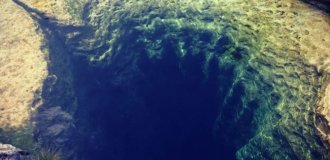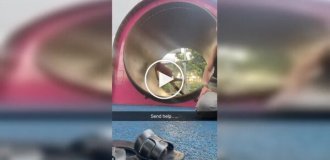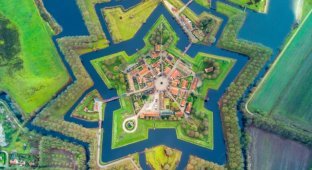Some interesting and unexpected facts from the life of Chatham albatrosses. The cubs are pumped full of food so that they become heavier than their parents. 
Parents who are shift workers are a disaster for a child. And if such a state of affairs is very rare among people, then the Chatham albatrosses come out on watch in all their species. And because of this, the life of their chicks became very strange.
It begins typically: with hatching. But immediately after this, the Chatham albatross finds itself in very atypical conditions for birds. All around are the peaks of Pyramid, a small rocky island in the south of the Chatham archipelago, located not far from New Zealand. Under the paws is a strange pedestal of soil. And the chick has neither brother nor sister. 
But the chick has no time to think about his situation. He eats constantly! Parents diligently and continuously stuff the baby with food. And not the fish that they feed on themselves. It is fed a slurry consisting of waxy substances, lipids and extremely smelly triglycerides. They are so smelly that albatrosses use well-aimed spitting of this liquid to drive away predators. But the baby is okay, he endures it. And it is growing by leaps and bounds. 
The latter is not surprising. A crazy amount of biomass is stuffed into the child. Experiments show that to artificially feed a chick you need to spend 60 kilograms of food from ground fish, cephalopods and krill. The baby's weight reaches 5 kilograms just a couple of months after birth. He becomes heavier than his parents! 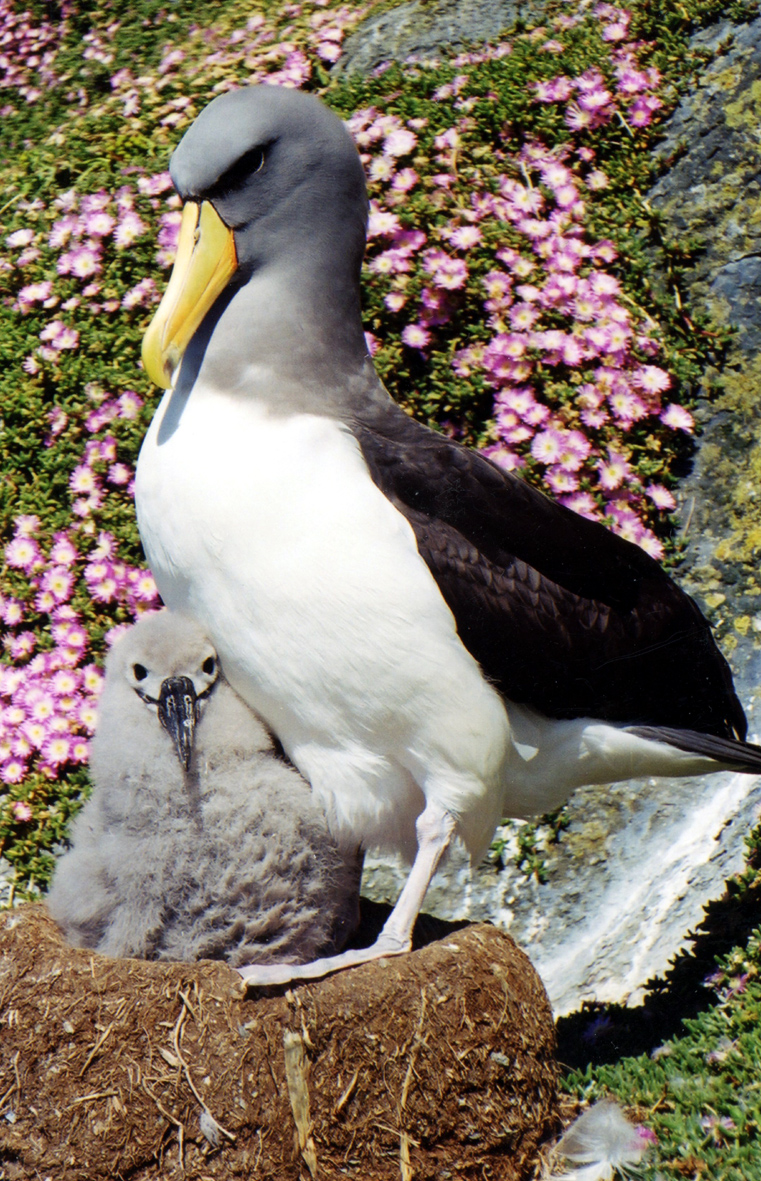
When the parents are convinced that they have well-fed their little one, they will be able to afford to go on duty. At first, dad and mom will visit the child once every few days, but then they will begin to disappear for whole weeks. All this time, the young albatross grows and develops due to fat deposits. 
It was the parents who pretended that they had flown away “on important business,” while they themselves were enjoying life and each other’s company.
Sooner or later, the chick will get tired of sitting in the nest, and he will go to explore the surroundings. From this moment on, its down will begin to give way to feathers suitable for flight. A little later, the albatross will take to its wing, but the parents will not see their child’s first flight—at this point, the adults stop visiting the chick. The young bird will leave his native island and go on the longest journey of his life. He will return home only after 5 years. 
During this time, the albatross explores the southern regions of the Pacific Ocean far and wide. He will visit Chile and Peru, learn how to fish, krill and drink salt water. The salt glands help him with the latter. They regularly remove excess sodium chloride from the body. And the Chatham albatross will master the most important ability - dynamic flight. He will learn to sense air currents. Birds use updrafts to accelerate, and then dive down, accelerating. On such air slides, the albatross can accelerate to 85 kilometers per hour. And at the same time do without flapping wings! 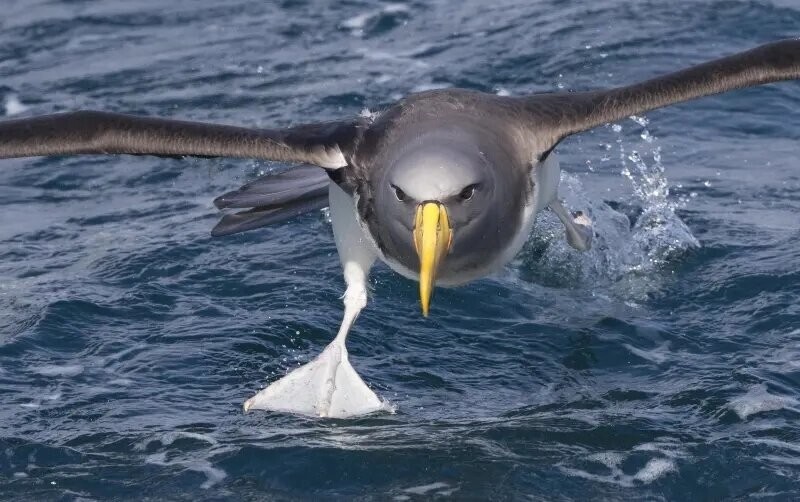
When the pilgrimage is over, the young bird will return to the Pyramid - the only nesting site of their species. There, our hero will begin to socialize and watch how older relatives break into pairs and build pedestal nests from trampled clay and earth, which they bring from the gentle slopes of the island. 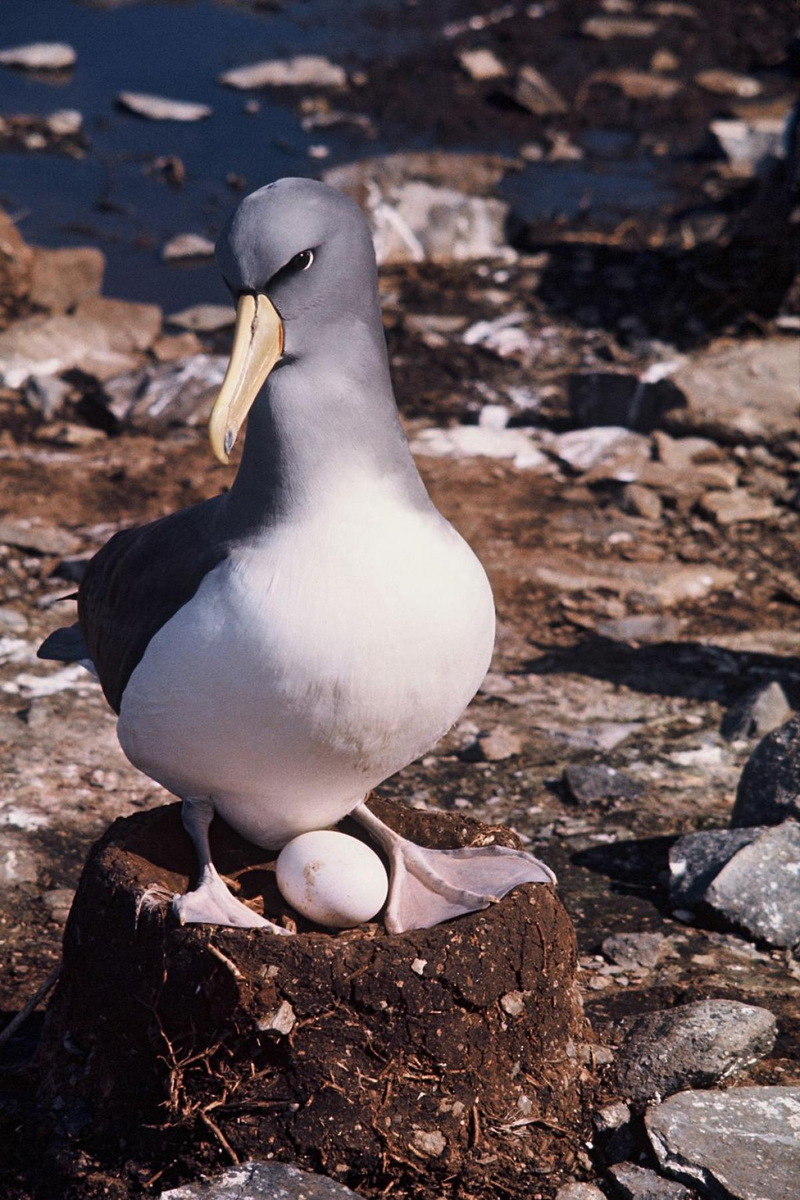
When I perfectly mastered the skill of building sand cakes.
But the young bird will find his love only after a year. She will be his first and only one - albatrosses mate for life. Together they will build a pedestal to ensure the single egg is protected from the sharp and cold stones. Any precautions are important if you care for only one child every 2 years, and the number of your species does not exceed 15 thousand birds.
Add your comment
You might be interested in:
